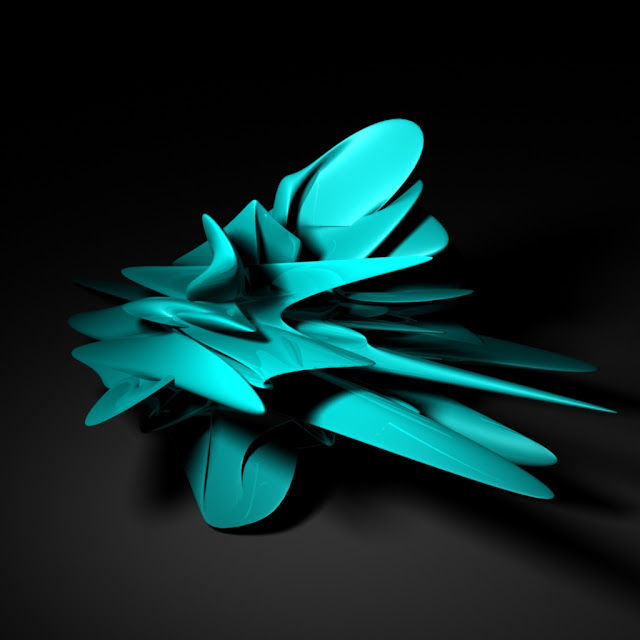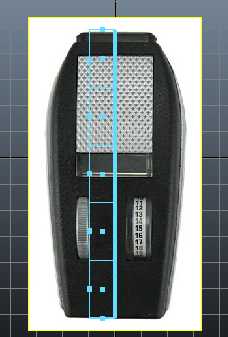We are doing this assignment because molecules are complex 3d structures and this is a 3d class.
CPK Model:
This is a CPK model of a Prion (Proteinaceous Infectious Particle). The Importance of a CPK model is that it allows for accurate visual representation of the space the molecule occupies and the overall shape and dimensions of the molecule.
This is a Ball-Stick model of the same Prion. The Importance of a Ball-Stick model is that it allows you to visualize the bonds between atoms and see the positions of atoms through the model, unlike a CPK.
This is a Ribbon model of the same prion. Ribbon models show the overall path and organization of the backbone of the protein, but they don't show the positions of atoms within the protein.
This is a Contact Surface model of a fragment of an Adenovirus Capsid. This shows what the 3d structure of the protein looks like and shows the surface of the molecule.
This is the entire virus Capsid. This is a biological unit. The importance of biological units is that it shows how the small components (such as the fragment from the previous image) interlock to form massive structures such as this.
QUESTIONS!
With the CPK and Ball-and-Stick model, what do the colors represent – specifically?
The colors represent elements on the Periodic Table. For instance, grey represents Carbon, which forms the base of most organic molecules.
What is a Biological Unit?
A biological unit is the macromolecular assembly believed to be the functional form of the molecule.
What is a Capsid?
A Capsid is the outer protein coat of a virus. The capsid protects the viral RNA/DNA and enzymes and allows the virus to survive outside of a cellular host.
Ambient Occlusion, what is the relevance to molecular visualization?
Ambient Occlusion is a way of mimicking the way light radiates in real life. If viewing a molecule as a mesh, AO allows us to see it as if light was reflecting off of it. it also allows us to see greater shading and detail of the molecular mesh.
What do you think are the advantages of molecular graphics done with Maya versus other visualization tools?
I wouldn't know at this point because I have not used any other visualization tools.
Client Model for Prion
Molecule: HUMAN PRION PROTEIN FRAGMENT 121-230
PDB ID Number: 1qm2
Authors:
Zahn, R., Liu, A., Luhrs, T., Wuthrich, K.
Type: protein
Number of Chains: 1
Function: Unknown
Location: Outer surface of human neurons
Diseases: Inflicts Creutzfeldt–Jakob disease (or in some regions of the world, Kuru) when misfolded. When misfolded it induces other prions to become misfolded in the same manner. Understanding the structure of the misfolded form of the prion (still undiscovered) may provide some insight on how we can prevent prion based diseases.
Other animals have their own equivalents of Creutzfeldt–Jakob disease. Sheep have Scrapie and cows have Bovine Spongiform Encephalopathy (or Mad Cow Disease)





























































